THIS WEEK: DC’s Infinite Frontier line-up continues to slowly grow with the debut of a new Green Lantern ongoing series. What does the title’s debut issue reveal about the role the series will play in the larger DC Universe?
Note: This review contains mild spoilers for the issue being discussed. For a spoiler-free verdict on the issue, scroll down to the bottom of the review.
Green Lantern #1
Writer: Geoffrey Thorne
Artists: Dexter Soy and Marco Santucci
Color Artist: Alex Sinclair
Letterer: Rob Leigh
Cover Artists: Bernard Chang & Alex Sinclair
There’s been a lot going on in the cosmic area of the DCU for the last few years. The formation of the United Planets in the pages of Superman has created myriad new areas for literal and figurative exploration. After several years somewhat sequestered from what was going on in the rest of the DCU, the newly-relaunched Green Lantern ongoing series picks up on some of that story potential, and raises new questions about the place of Oa and the Green Lantern Corps within the newly-formed federation of worlds.
Writer Geoffrey Thorne got his feet wet with John Stewart on the Future State: Green Lantern series, which was less a Green Lantern story than it was a character-driven sci-fi war story. Now with all the traditional trappings of a GL story in place, as the de facto lead character of this new series Thorne’s John feels like a natural extension of that previous series. John’s varied interactions with those around him, whether it’s with GLs he’s known for years, to a pair of Oan Guardians, to a brusque Thanagarian who seems intent on seeing the Green Lanterns become obsolete, all reflect a calm and confidence that befits the new leader of the GL Corps, and foreshadows the way John solves the ultimate problem of the issue well.
Artwise, artists Dexter Soy and Marco Santucci are an interesting pairing. Soy’s linework seems looser than Santucci’s, his inks heavier and his anatomy more elastic, something that occasionally made transitions between the two’s work somewhat jarring. It did help that Santucci’s work was limited to the interior of the United Planets conclave, while Soy drew everything else in the Oa-based issue. Colorist Alex Sinclair does a fine job creating a semblance of cohesion between the artists’ work, but even that is difficult between the darkened, Soy-drawn exteriors of Oa and the brightly-lit, Santucci-drawn interiors of the conclave. One could perhaps look generously at the sometimes awkward transitions as meant to be representative of the growing pains of the United Planets and Oa/the GL Corps trying to find their place within it.
Issues with the art aside, Green Lantern #1 is a fairly engaging first issue for long-time readers. Thorne and team are instantly additive to the mythology, building on what’s come before in a way that feels logical. I also particularly appreciated an exchange in which a character bristled against referring to ‘the emotional spectrum,’ citing the longtime argument that things like life, death, greed, and will are not actually emotions.
As an entry point for new readers, though, I wonder how effective the issue is. It relies on a fair amount of foreknowledge of what’s been happening in the DCU, particularly when it comes to a character who’s front and center on the issue’s cover: Teen Lantern Keli Quintela. While there’s definitely some mystery set up within the issue about the source of her power, as an introduction to the character herself Green Lantern #1 is somewhat lacking, and readers who haven’t previously seen the character in Young Justice will likely be scratching their head about who this (somewhat generically characterized) rebellious kid is and where she came from. Considering the cover of the issue does make it seem like she’ll be much more important to the issue than she actually is, it was surprising and disappointing that her introduction to the larger GL mythos wasn’t more effective.
Green Lantern #1 shows a lot of promise for the rest of the series, though it’s not without some stumbling blocks. Thorne’s writing is solid throughout, and his characterization of John Stewart is strong, a skill I hope he applies to the series’ other characters as well, and soon. Inconsistent, incompatible art styles are an unfortunate distraction during the reading experience that will also hopefully be worked out with a single artist or team on future issues. If this series can overcome those problems, there’s a universe of stories set up for exploration in this first issue that I for one can’t wait to see play out.
Verdict: Browse.
Round-Up
- James Tynion IV and Jorge Jimenez‘s Batman#107 continues examining the fallout of A-Day and the rise of the Unsanity Collective in entertaining fashion. The Scarecrow’s apparent plot is a logical next step for his fear-based experiments, placing Batman essentially at odds with human nature, something he likely doesn’t have an antidote for in his utility belt. A somewhat clunky exposition dump about the Unsanity Collective aside, this is shaping up to be a really well-told, fun story, and the Ghost-Maker backup by Tynion IV and Ricardo López Ortiz was also way more fun than I expected it to be.
- The origin of the new Earth-3 continues, and Crime Syndicate #2 features a somewhat by-the-numbers brawl between a Starro-possessed Ultraman and a supremely pissed off Superwoman, but Andy Schmidt, Kieron McKeown, and Dexter Vines make it work. The focus elsewhere on Owlman, both in the main story and in the Bryan Hitch-illustrated backup, helps keep the story moving forward amidst the ultraviolence.
- It’s Green Lantern Jo Mullein vs. voter suppression in Far Sector #11, the penultimate issue of N.K. Jemisin and Jamal Campbell‘s Young Animal series. This book has consistently been excellent and fascinating, and this week’s issue is no exception. I will sorely miss this series when it’s over, but I’m glad that Jo will be making the jump to the main GL title, as I’ve grown quite attached to her.
- Two issues in on Robbie Thompson, Eduardo Pansica, Julio Ferreira, and Marcelo Maiolo‘s new Suicide Squad series and I’m really enjoying the direction this series is taking. Peacemaker is a fantastic foil for, well, everyone, and the inclusion of Superboy is an interesting mystery waiting to be solved. It’s also entertaining to see how what’s happening here could (will?) lead to the events of the Future State: Suicide Squad series, particularly when it comes to the last-page reveal. Looking forward to seeing how that one plays out.
Miss any of our earlier reviews? Check out our full archive!


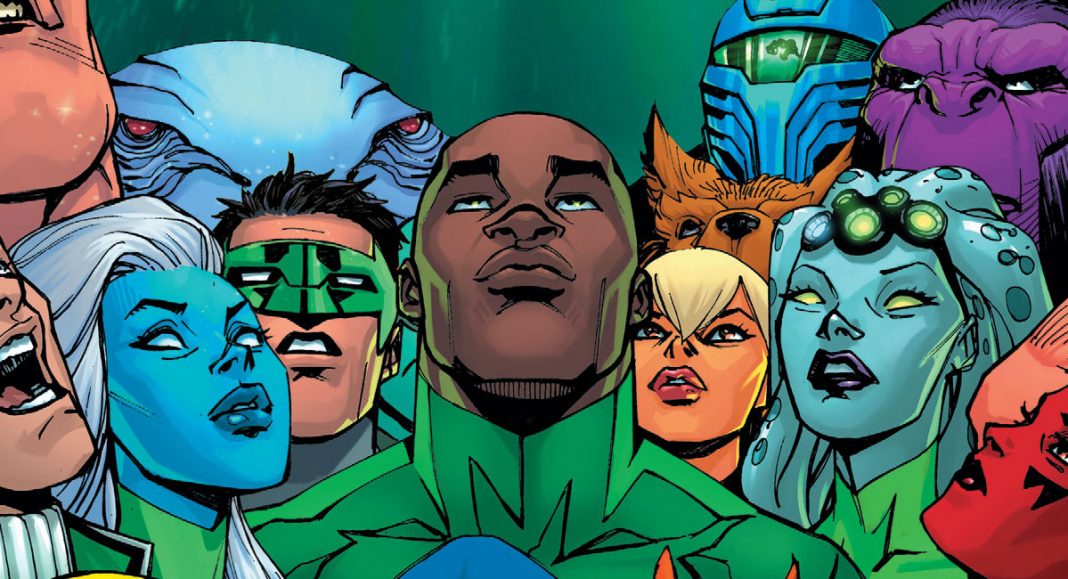
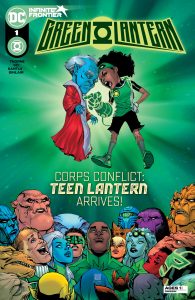
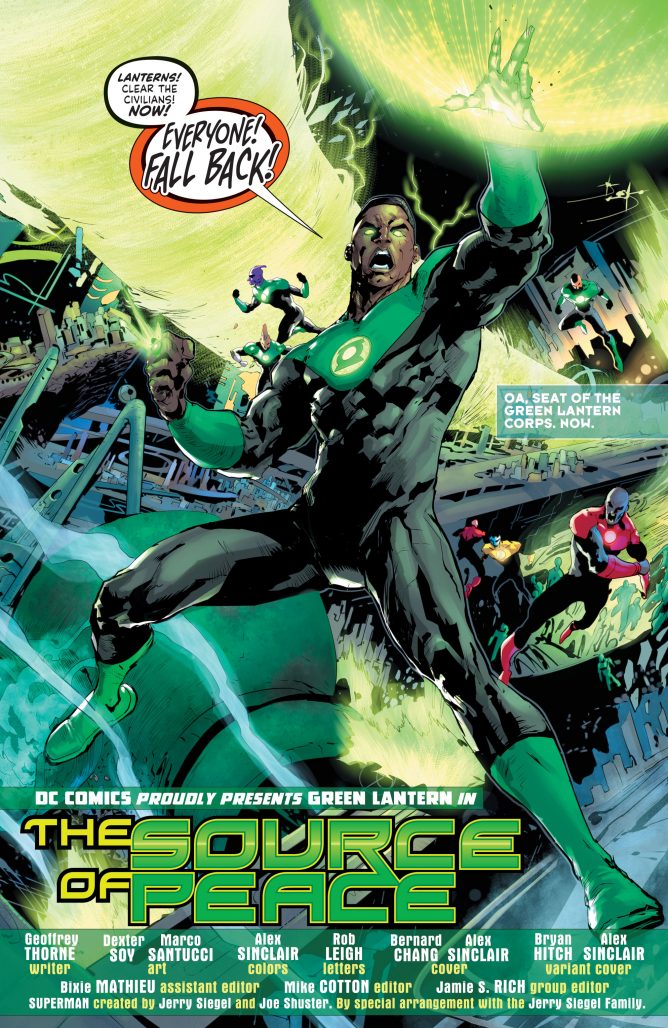
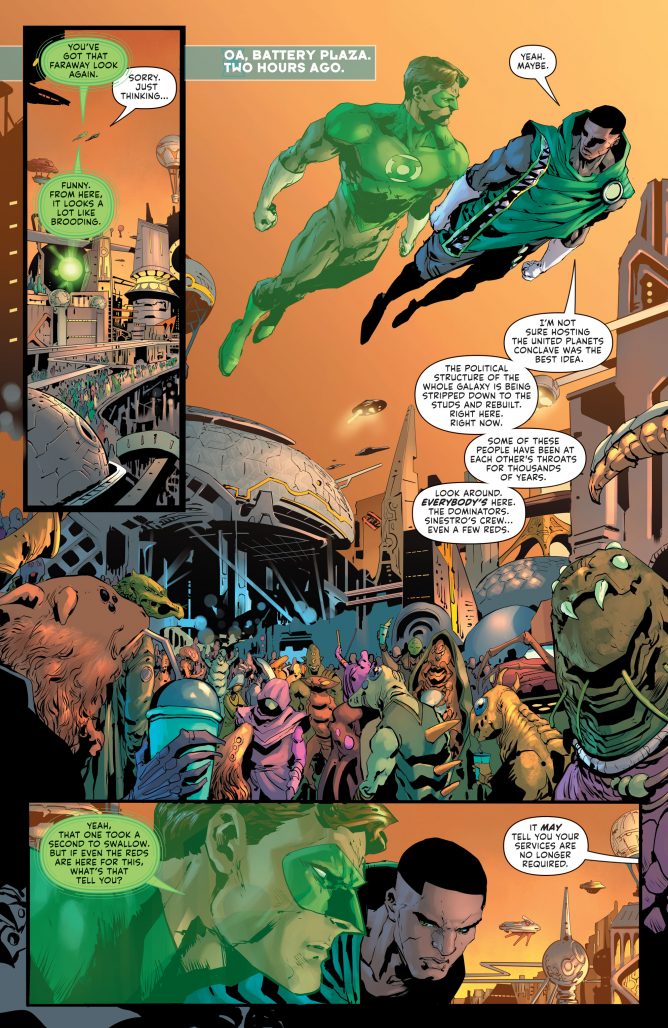
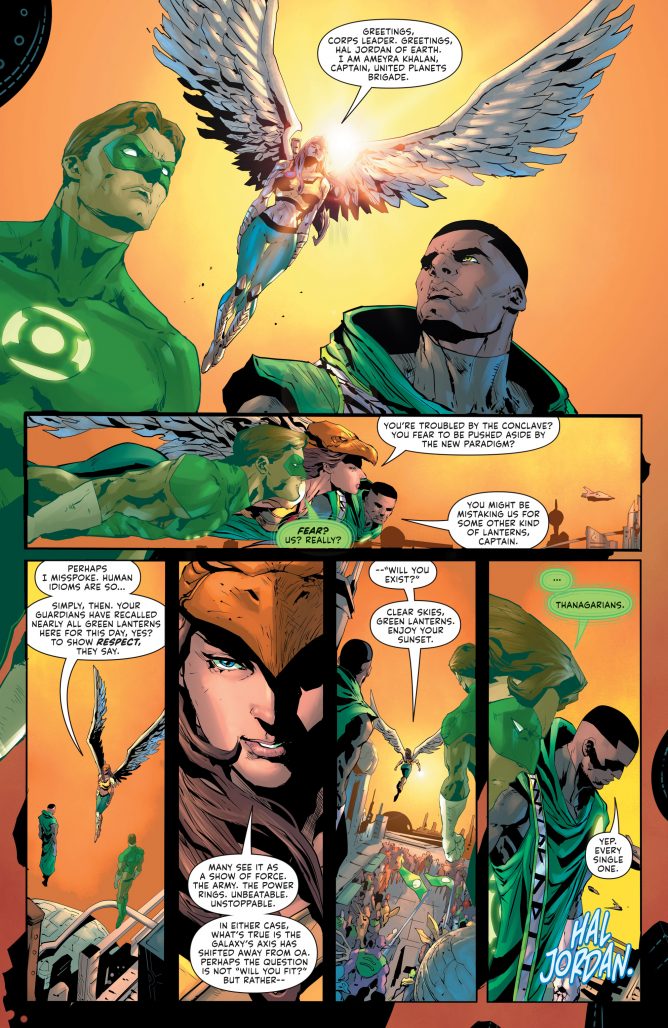
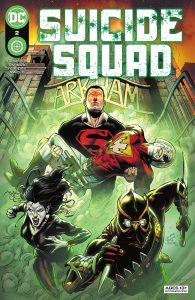
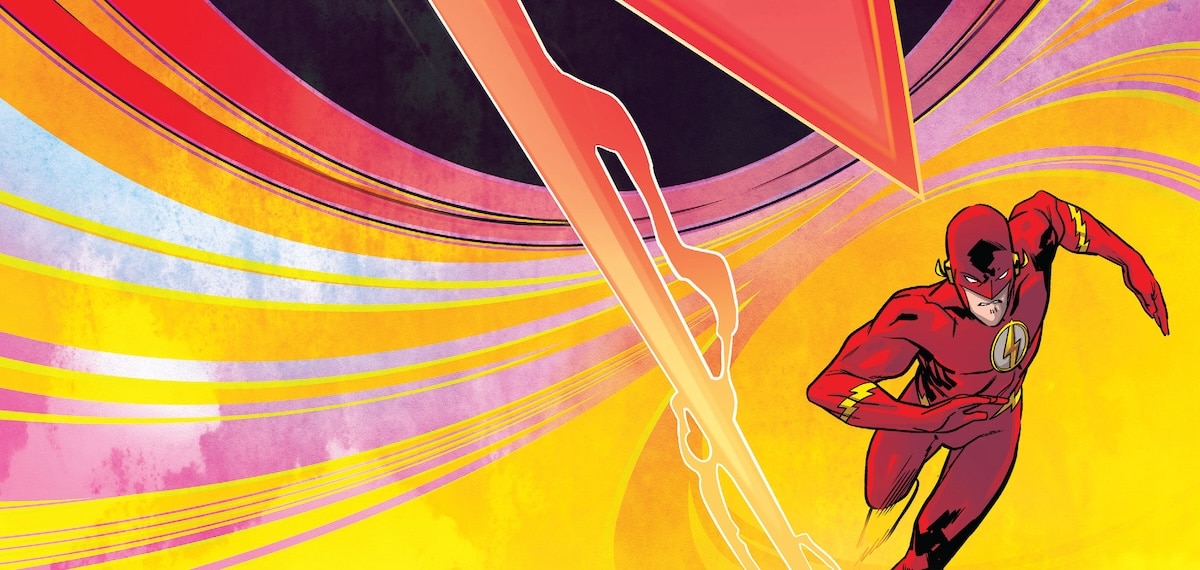





Swamp Thing was the only enjoyable read for me. Green Lantern 1 was very disappointing. Thorne feels like he is working so hard to make Stewart feel cool and important (see: Better than Hal Jordan) that he forgot to make him interesting.
Far Sector was a great book for the first four issues, started to decline at about issue six, and has been a mess ever since. It’s not as bad as whatever the hell Morrison is doing with Green Lantern, but FS is about five pounds of story stuffed into a twenty-pound bag.
Comments are closed.